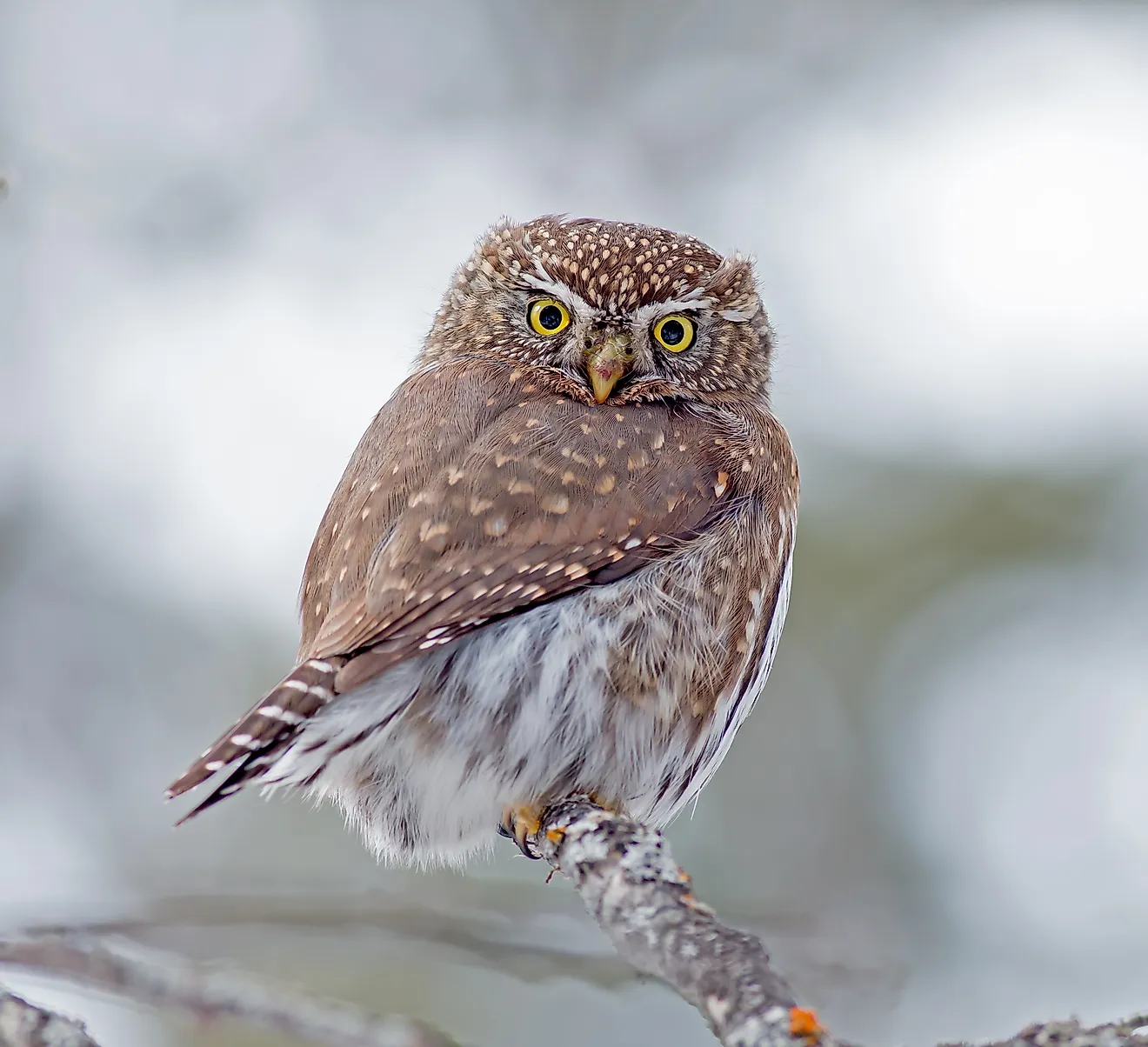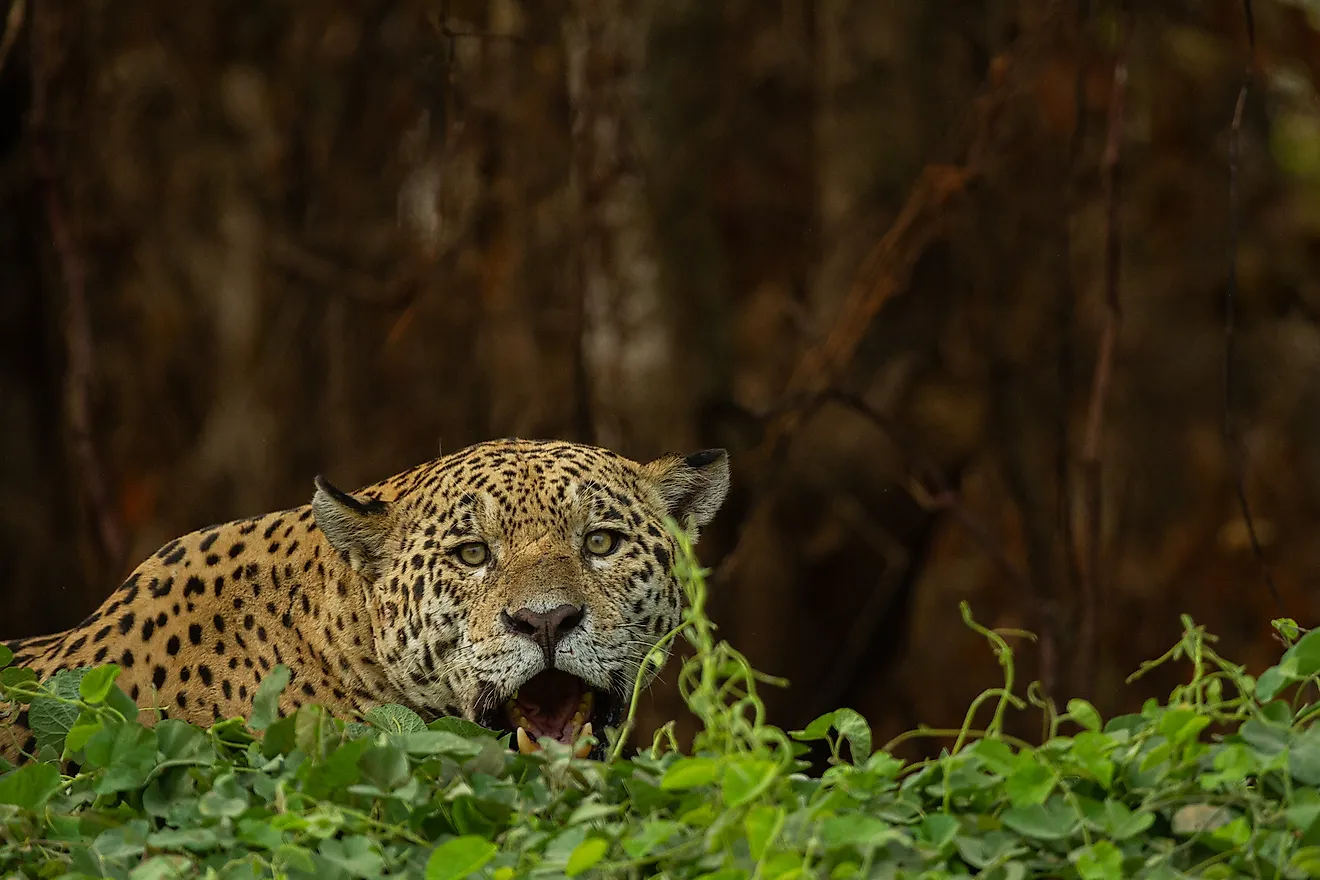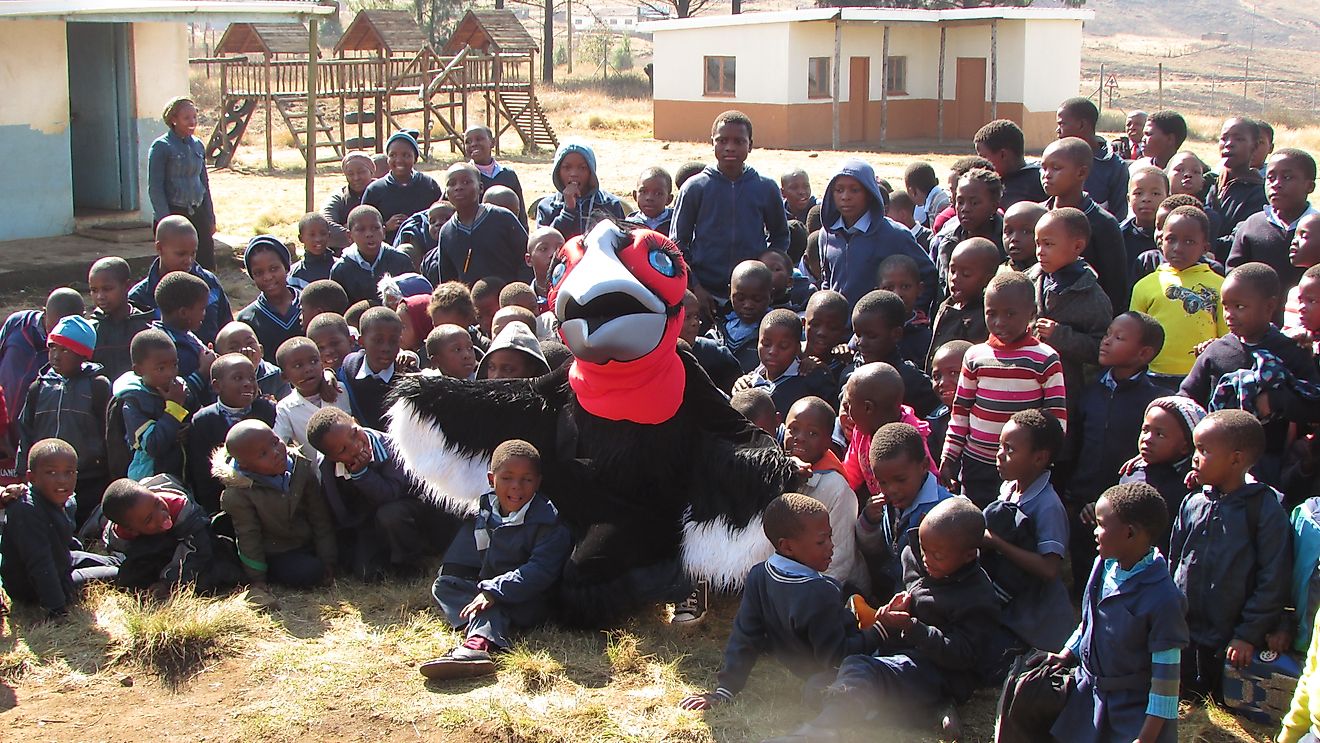Northern Pygmy Owl Facts: Animals of North America

5. Physical Description
The northern pygmy owl (Glaucidium gnoma) is a small flying animal native to the Central and Northern regions of America. A fully grown northern pygmy owl is typically only 6 inches in length and is characterized by dark brown, white and brownish gray feathers. Its head is round and liberally spotted with white accompanied with a facial disk that is not very well defined. Their piercing eyes are colored yellow while their bill is yellowish green and their tail long. Compared to other birds, the northern pygmy owl is quite small, but what it lacks in size it makes up for in its ferocity as a hunter.
4. Diet
Northern pygmy owls have a particular liking for songbirds, although they have also been known to hunt smaller birds like chickadees, sparrows, hummingbirds and warblers. Other animals that serve as food for these ferocious hunters are small mammals such as chipmunks, mice, shrews and moles. Occasionally, these bold and fearless owls prey on animals larger than themselves including the Gambel’s, American Robin, California Quail, Northern Bobwhite and even chickens. Small insects like butterflies, dragonflies, beetles, and crickets complete their diet along with ubiquitous reptiles and amphibians such as skinks and lizards.
3. Habitat and Range
Within Central and North America, the northern pygmy owl is found in Canada, Honduras, Mexico, United States, and Guatemala. Their preferred habitats are thickly forested ones with subtropical and temperate climates. Sightings of these owls have also been reported in dense forests located in Washington and Oregon as well as other areas with tropical wet forests, wetlands and savannahs. In Mexico they can be found living in scrub and pine oak forests while in Honduras they thrive in cloud and highland pine forests. Due to their uncommon presence in the wild, there is not much information currently held on record for the northern pygmy owl. However, best estimates provided by the North American Breeding Bird Survey indicate that their population has been relatively consistent during the last hundred years. Currently, the worldwide breeding population of these birds is at 80,000 individuals of which 53% can be found in the United States, 27% in Mexico and 18% in Canada. The International Union for Conservation of Nature has classified the northern pygmy owls as animals of Least Concern as far as conservation is concerned.
2. Behavior
The northern pygmy owls have been known to fly using an undulating pattern that is almost the same as that exhibited by the woodpeckers. They are aerial foragers and they hunt primarily during the day. An interesting behavior of northern pygmy owls which they share with shrikes has something to do with how they keep food they’re unable to consume right away. After having eaten their fill of their prey, these birds will find nearby thorns and tree cavities where they will store uneaten food.
1. Reproduction
Males call females using a tooting sound while perched near the opening of their nesting area. These birds are seasonally monogamous meaning they will stick with one breeding partner all throughout one breeding year. During breeding season, the male species of the northern pygmy owl hunt for food while the female is left behind to protect the nest, keep the eggs warm and later brood their young. She typically lays 4-6 eggs in a nest perched atop a red alder, western redcedar, douglas fir and western hemlock tree.











